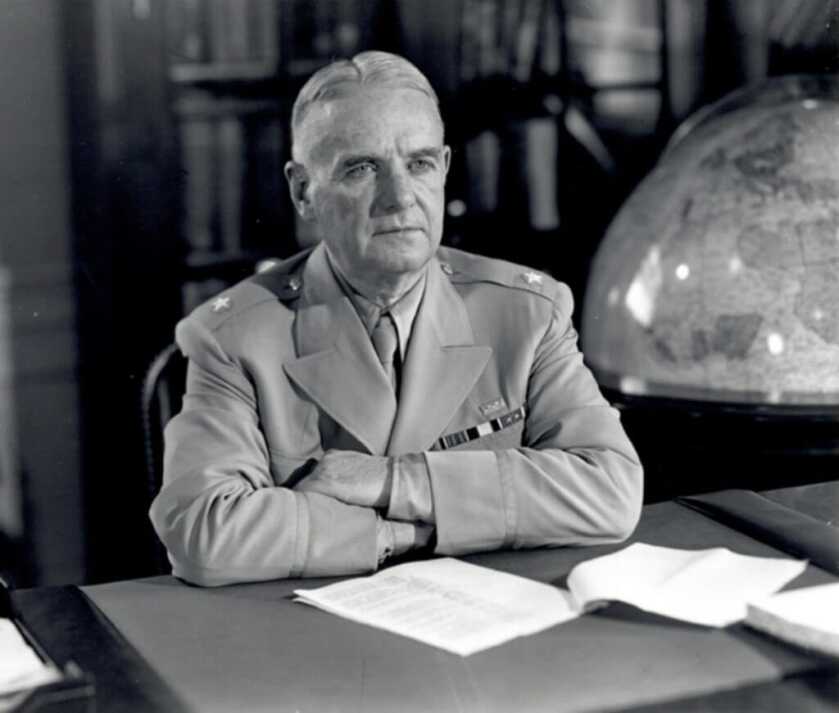
Some folks are simply charmed. Their trajectory through life just flies a bit higher than that of the rest of us. Winston Churchill was just such a man. An accomplished writer, painter, soldier, and politician, Old Winston was the archetypal Renaissance Man. Over on our side of the pond, “Wild Bill” Donovan was a similar archetype.
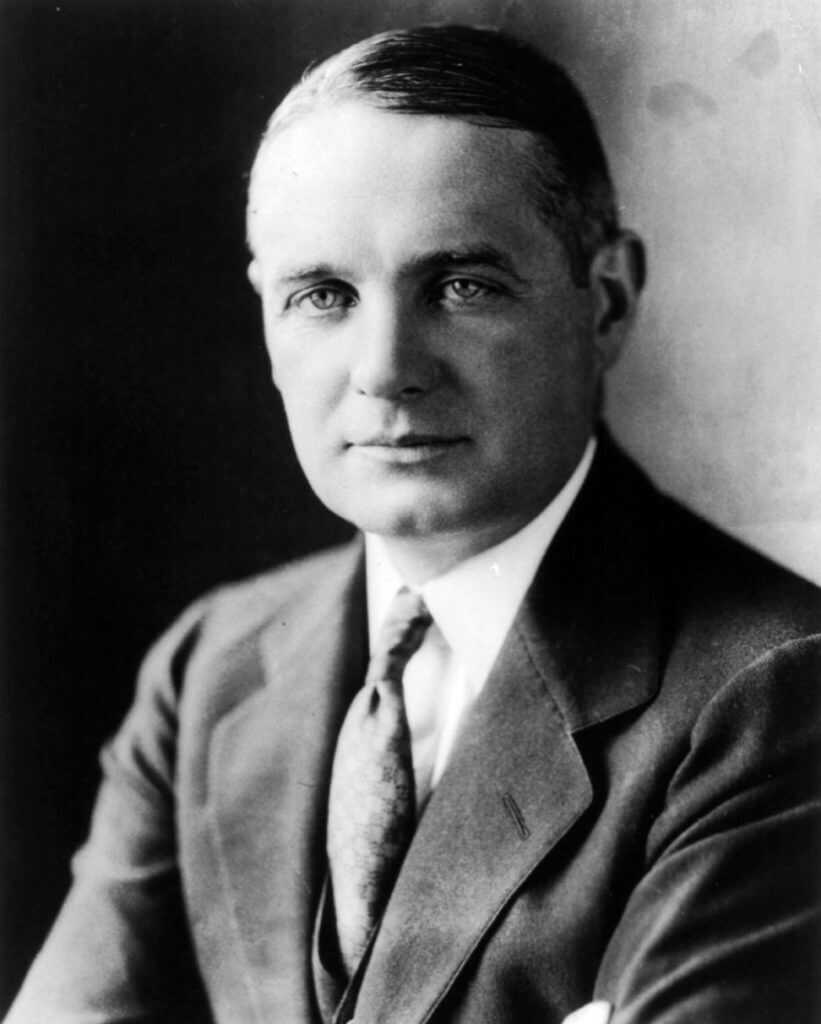
Joseph Donovan was born in 1883, the son of Irish-American immigrants. The family name was originally O’Donovan but got anglicized when Joe’s dad settled in Buffalo, New York. Early on Donovan aspired to the Catholic priesthood before deciding “he wasn’t good enough to be a priest.” Instead, he attended Columbia University where he was voted both “Most Modest” and “Handsomest” out of his graduating class of 1905.
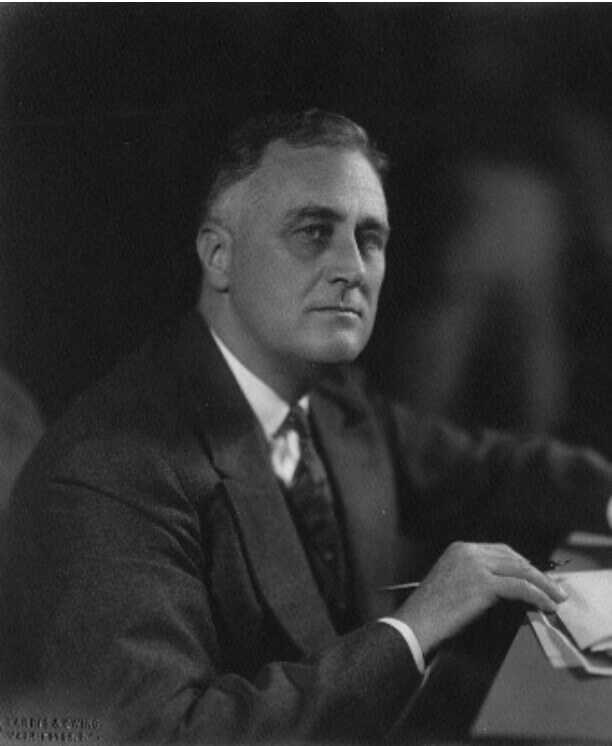
Donovan later attended Columbia Law School. He was a classmate of a young Franklin D. Roosevelt. His friendship with FDR would shape the rest of his professional career.
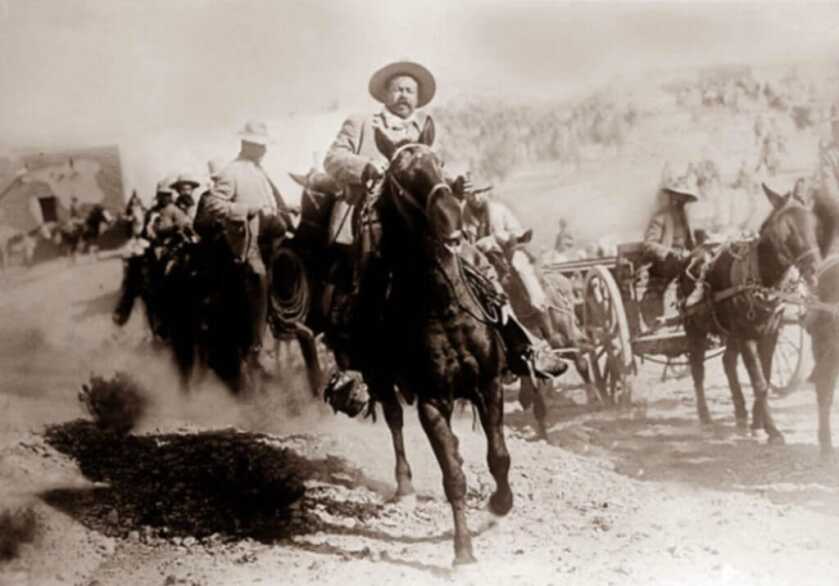
Joseph Donovan joined a respected Buffalo law firm and was commissioned into the New York National Guard as a Cavalry officer. In 1914 he married a New York heiress whose family connections immediately transformed him into American aristocracy. Donovan took acting classes under the esteemed stage star Eleanor Robson and went to war against Pancho Villa in 1916. Upon his return from the Punitive Expedition, Donovan was posted to the 42d Rainbow Division alongside Douglas MacArthur.
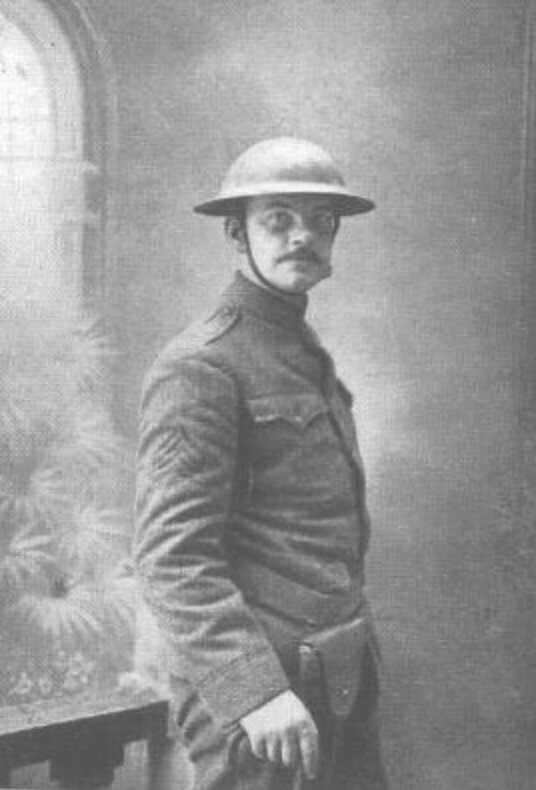
While fighting the Germans in France during World War 1, Joseph Donovan caught a load of shrapnel in one leg and was nearly blinded by mustard gas. He subsequently led an assault during the Aisne-Marne Campaign that ultimately cost hundreds of his comrades. Among the fallen was his acting adjutant, the esteemed poet Joyce Kilmer.
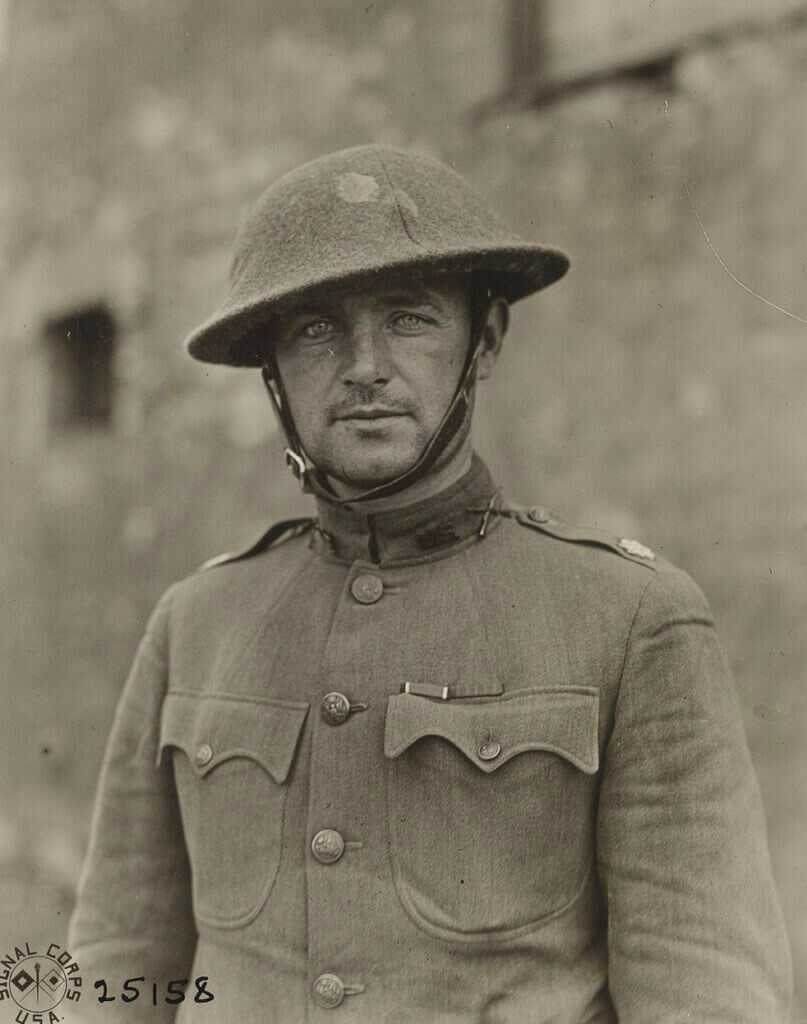
In combat, Donovan developed a reputation for being unstoppable, a man of limitless endurance. This led the troops under his command to refer to him as “Wild Bill.” While he publicly professed annoyance at the nickname, his wife later said that she “knew deep down that he loved it.”

As commander of the 165th Infantry Regiment Joseph Donovan led from the front, his rank insignia and medals plainly displayed. In encouraging his troops prior to a critical assault he said, “They can’t hit me and they won’t hit you.” He was nonetheless subsequently shot through the knee yet refused evacuation until all American forces including friendly tanks had been forced back by concentrated German fire.
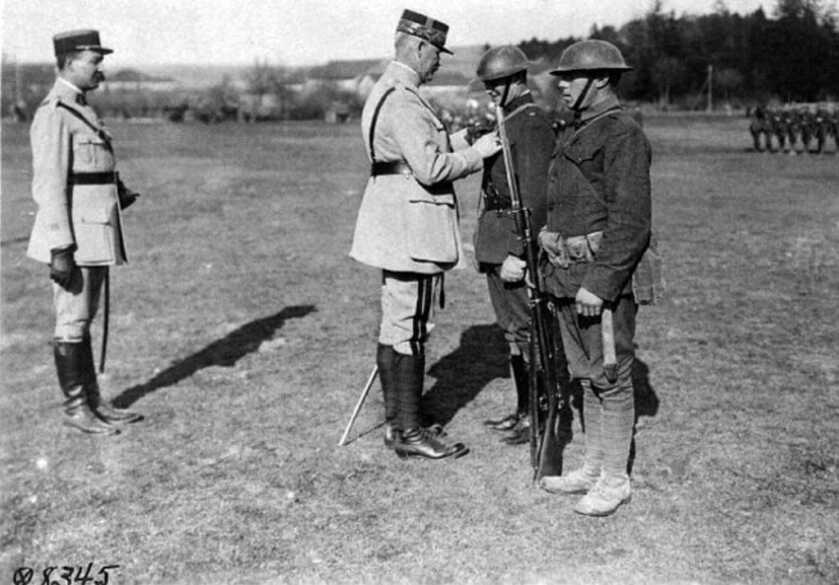
For his remarkable combat performance, Donovan ultimately earned the Medal of Honor. He initially refused the award, stating that it belonged “to the boys who are not here, the boys who are resting under the white crosses in France or in the cemeteries of New York, also to the boys who were lucky enough to come through.” Before his military service was complete Donovan also took home the Distinguished Service Cross, the Distinguished Service Medal, the Silver Star, the Purple Heart with two Oak Leaf Clusters, the National Security Medal, and some two dozen other combat awards.
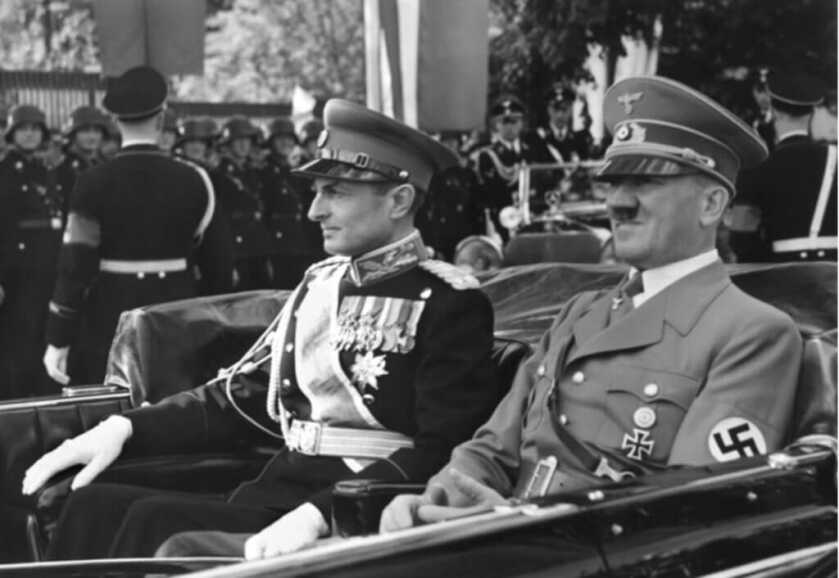
Donovan spent the interwar years in private law practice as well as working for the US Justice Department. Along the way, he traveled the world gathering critical intelligence on world powers in Europe and Asia. He met Mussolini, Winston Churchill, and King George VI. Hitler despised him. During the speech in which Hitler declared war on the United States the German dictator castigated Donovan by name, declaring him “utterly unworthy.” That was high praise considering the source.
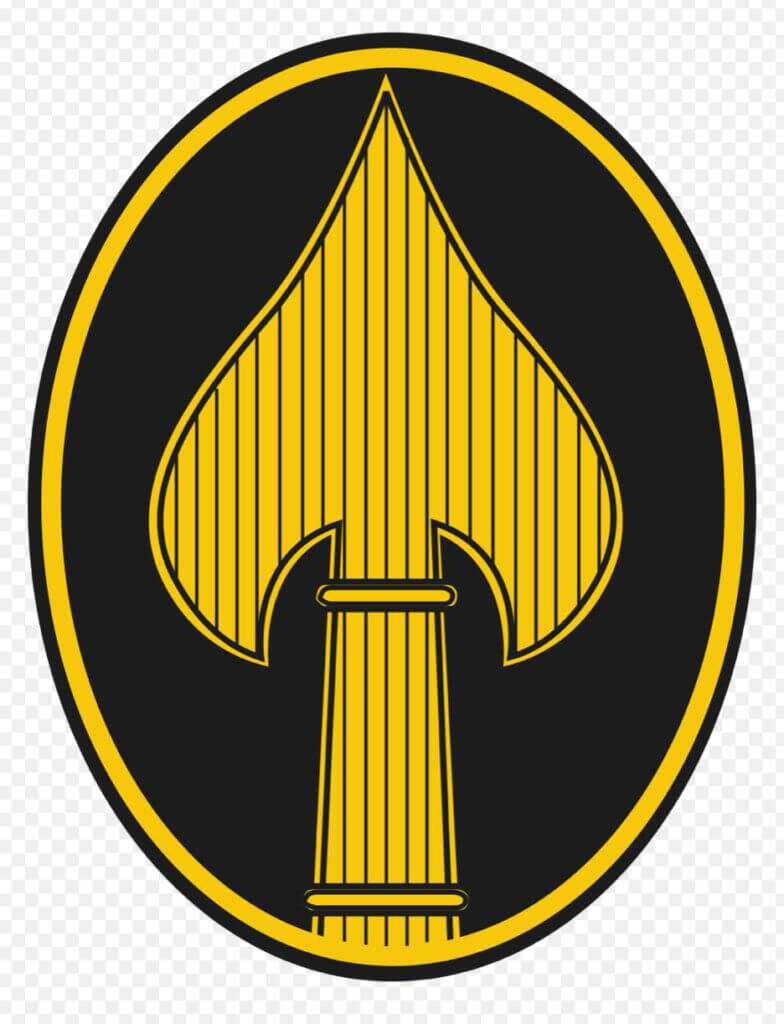
With the outbreak of WW2 President Roosevelt appointed “Wild Bill” Donovan the Coordinator of Information. While the United States had no formal spy agency back then, Donovan began laying the groundwork for a centralized intelligence apparatus based upon the British MI6. In 1942 Donovan’s organization was rechristened the Office of Strategic Services. The United States was in the spy business.
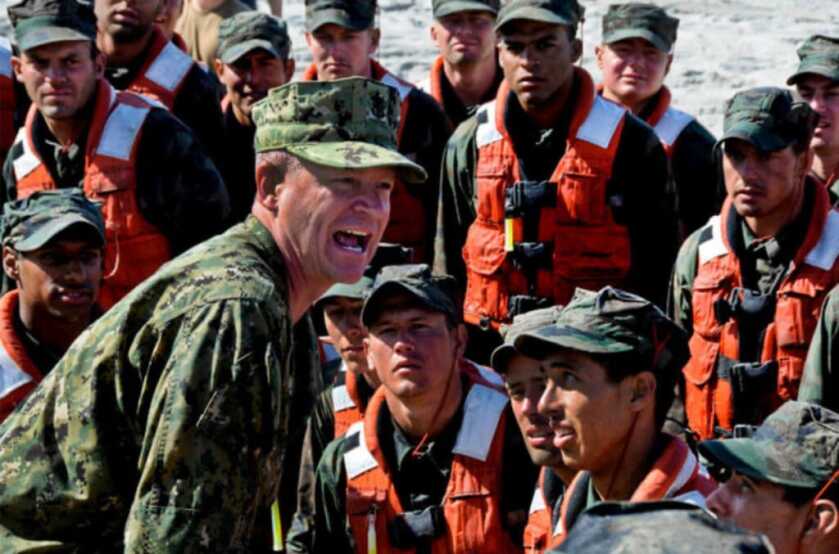
Nowadays intelligence officers and special operators are the product of an extensive selection process and grueling training program. Back then unconventional thinkers just came together and got the job done. Over in the UK the future James Bond novelist Ian Fleming was a good example of a neophyte who took to the world of espionage as a natural outlet of his peculiar personal proclivities.
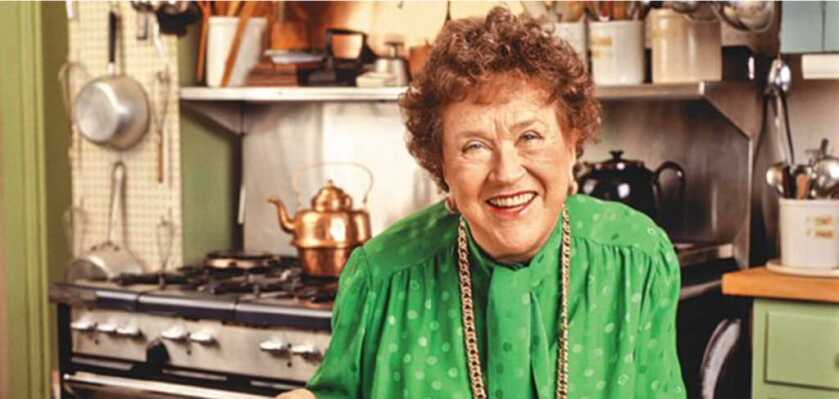
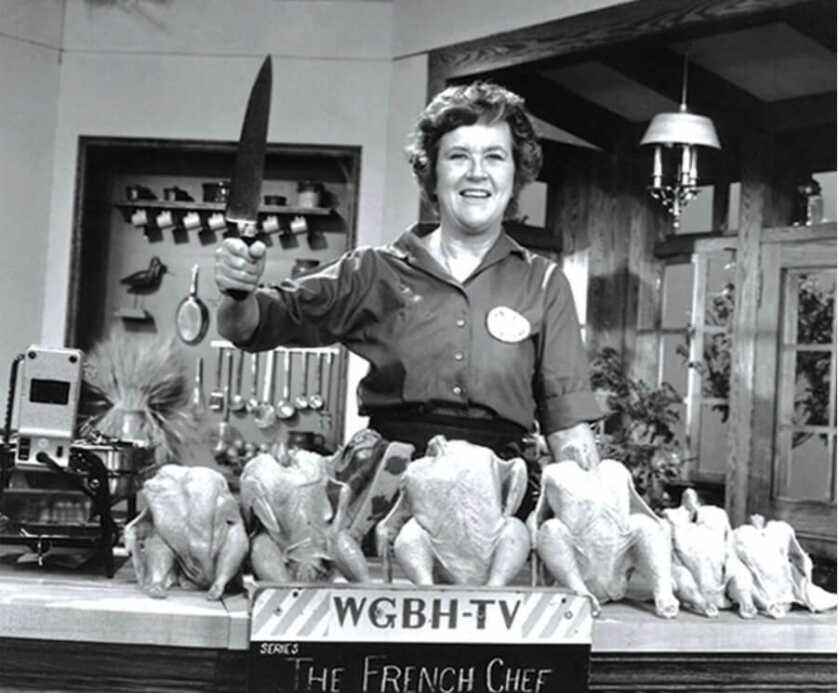
Donovan sought out unconventional warriors for his burgeoning team of misfits. He recruited the film director John Ford and the Hollywood actor Sterling Hayden. The poet Archibald MacLeish, the influential banker Paul Mellon, and the author Stephen Vincent Benet joined the team. The famed psychologist Carl Jung, the chef Julia Child, the industrialist Alfred DuPont, and the author Walter Lord as well as several influential members of the Vanderbilt family hung their hats at OSS headquarters. The extensive density of upper-crust aristocrats drove many in government to claim that OSS actually stood for “Oh So Social.”
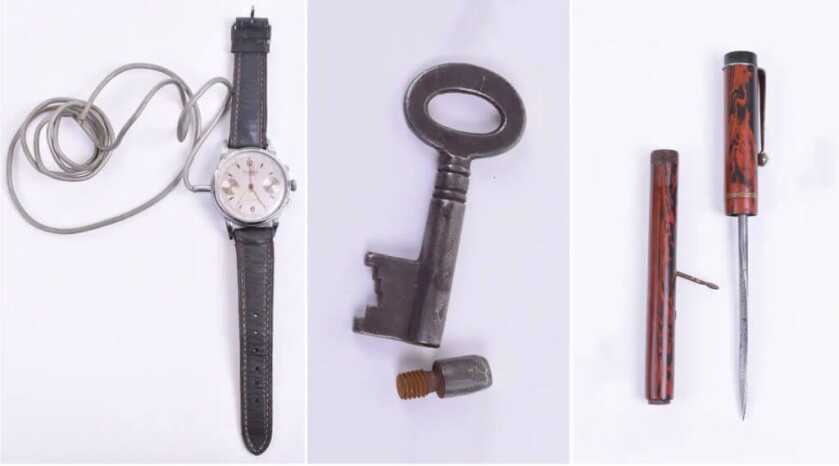
Building an intelligence and covert action organization from scratch is an overwhelming task. Donovan had access to money and resources, but this was uncharted territory. There were no manuals he could read or deep well of institutional insight he could mine. Wild Bill Donovan just figured it out as he went along. Among myriad other things, that meant brand new specialized covert guns and gear. Principle among them was the High Standard sound-suppressed H-DM/S pistol.
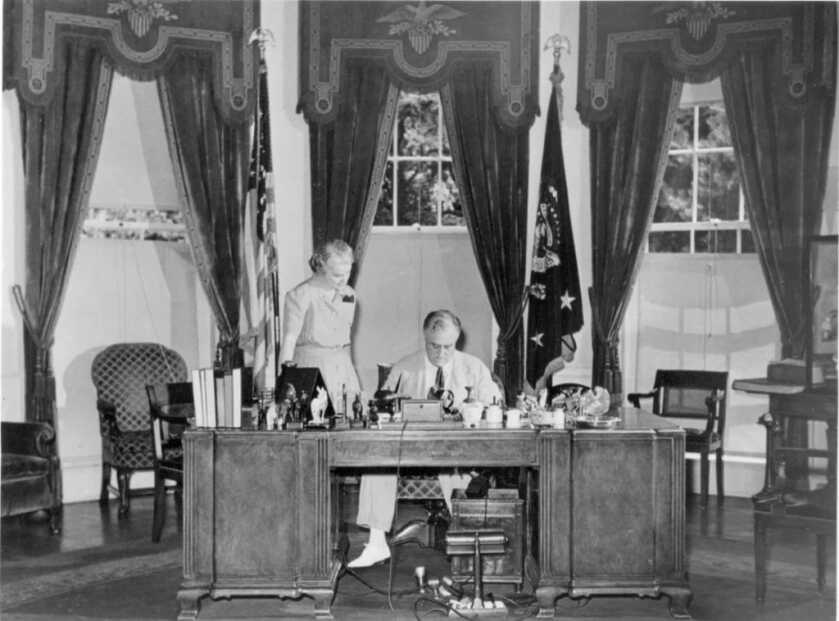
Raw lead bullets were prohibited by the Hague Convention, so Donovan had to contract for special lots of jacketed .22 rimfire rounds. Once the gun was perfected Donovan wanted to show it off. He once slipped into the Oval Office while his friend FDR was dictating a note to his secretary. Dropping a sandbag onto the floor he proceeded to fire ten rounds as fast as he could squeeze the trigger. Donovan then dropped the smoking pistol onto the desk before President Roosevelt. FDR was so smitten with the quiet little gun that he refused to give it back.
The Weapon
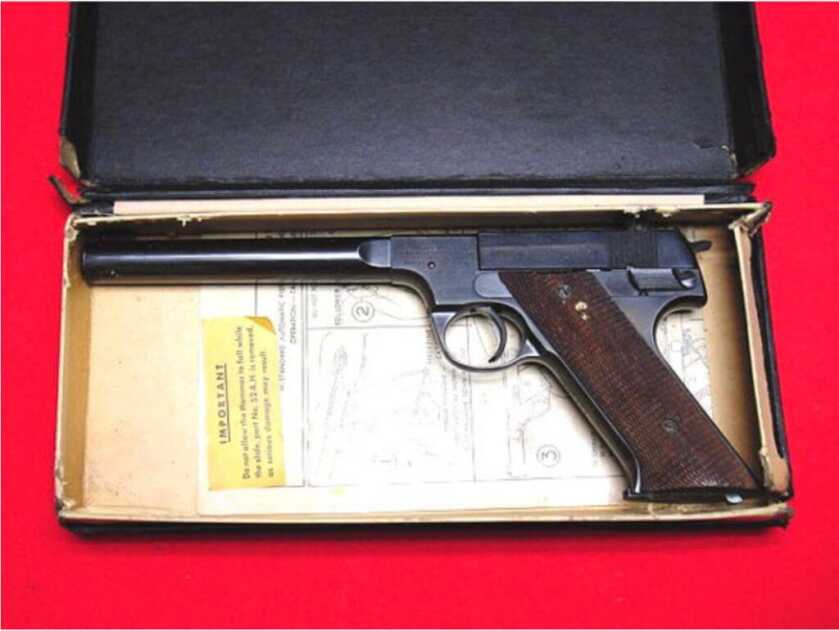
The H-DM/S was an integrally-suppressed version of the High Standard H-DM target pistol. H-DM/S stood for H-D Military/Silenced. As the program was classified the original examples were spuriously described as “Impact Testing Machines.”
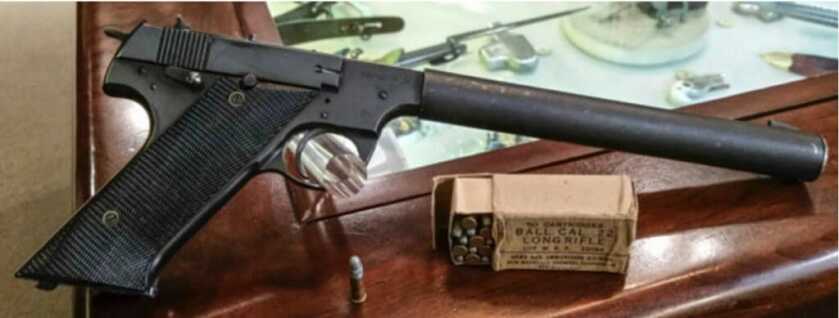
Chambered for .22LR, the H-DM/S was a straight blowback design that fed on a ten-round single-stack box magazine. The gun sported fixed iron sights, a five-inch ported barrel, and a heel-mounted magazine release. The H-DM/S came equipped with a slide lock that prevented the action from cycling. In this configuration, the weapon was indeed exceptionally quiet. Development began in 1942 with the first operational fielding in 1944.
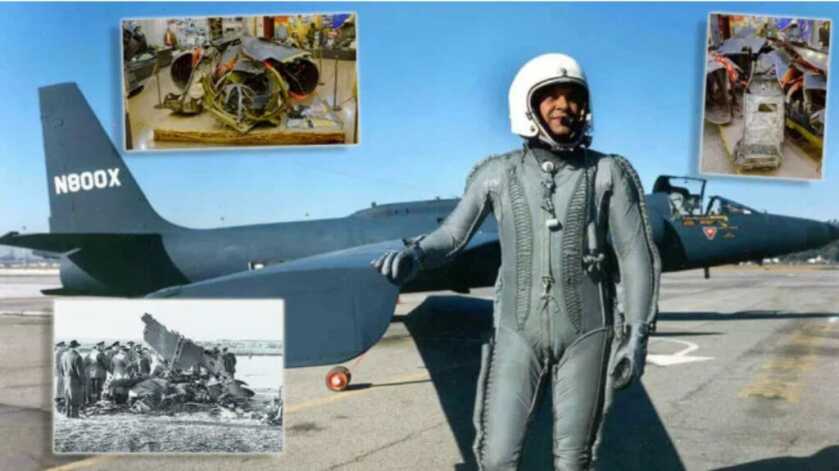
The first variants featured a blued finish on the pistol and a Parkerized suppressor. Later versions were completely Parkerized. The H-DM/S saw a fairly widespread issue among early special operations forces. Gary Powers had a suppressed H-DM/S on his person when his U2 was shot down in Soviet airspace in 1960.

The H-D/MS suppressor was developed during the war by Bell Labs and featured an initial chamber filled with a cylinder of zinc-plated bronze mesh that acted as a heat sink. The barrel was ported with four rows of eight holes that dropped standard velocity rounds into the subsonic range. Later guns featured four rows of eleven holes. A second distal chamber was filled with bronze mesh screens. This repackable design was typically good for 200 to 250 rounds.

For applications requiring extreme stealth the distal chamber could be charged with water, oil, or shaving cream. The muzzle was then sealed with a piece of tape. Thusly configured with the action locked the gun made no more noise than a human whisper.
The Rest of the Story
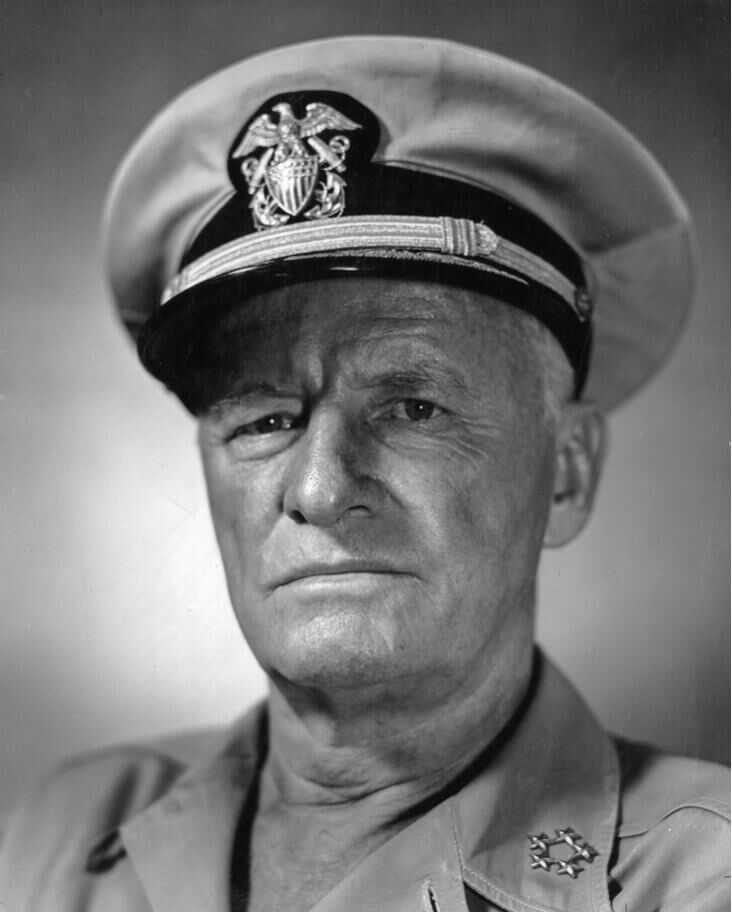
Much to Donovan’s consternation, FDR displayed his top-secret pistol at his home in Hyde Park, occasionally showing it to visiting guests during the war. Donovan also gave a copy to Admiral Chester Nimitz. He was known to shoot the classified weapon with neighborhood children. A photograph of such an outing actually made it into a local newspaper in 1944.
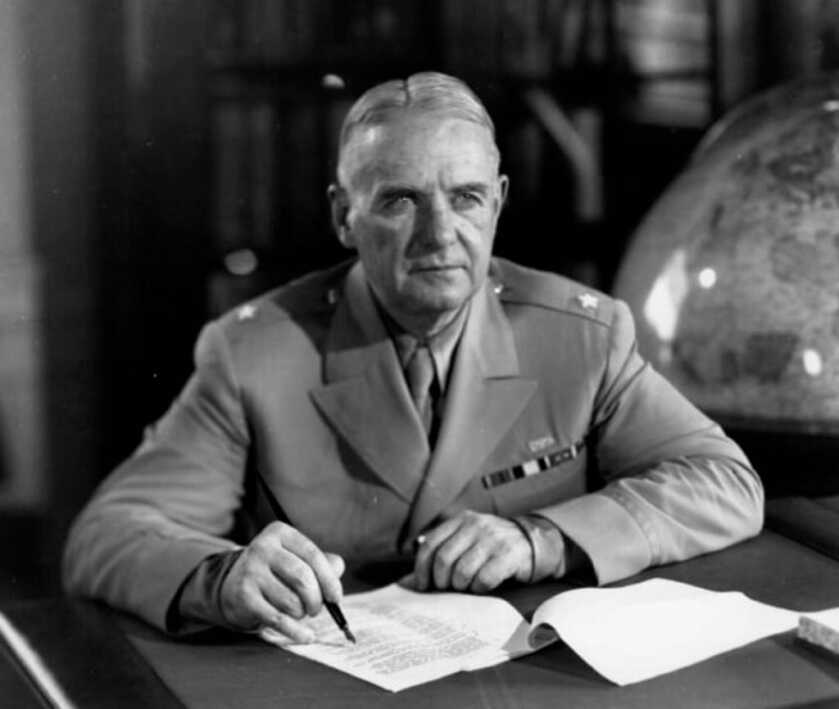
Wild Bill Donovan was, by all accounts, a genuinely good guy in possession of some remarkable insights. He opposed the internment of Japanese Americans during the war, rightfully predicting that this was an unnecessary solution to a non-existent problem. In his roles as America’s espionage chief, he also took part in many of the major combat actions of the war.
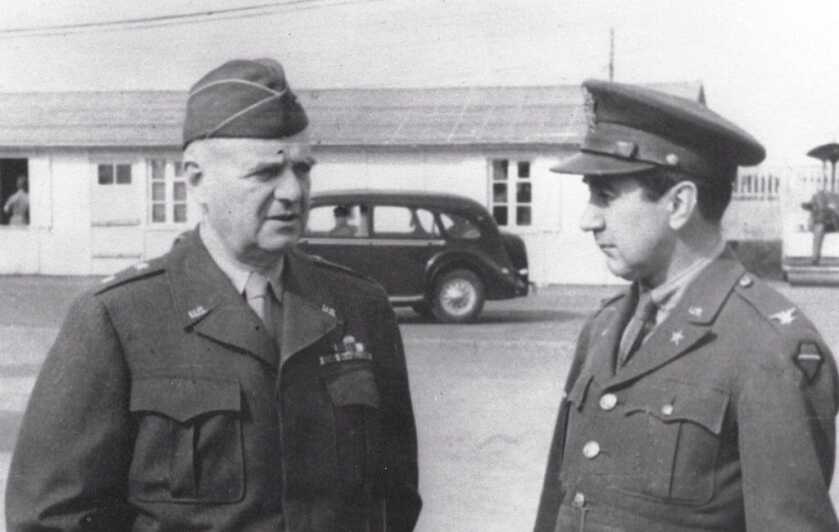
Donovan and his commander for covert ops in Europe, Colonel David Bruce, went ashore early during the Normandy invasion. Pinned down by German machinegun fire, Donovan said, “David, we mustn’t be captured. We know too much…I must shoot first,” Donovan said.
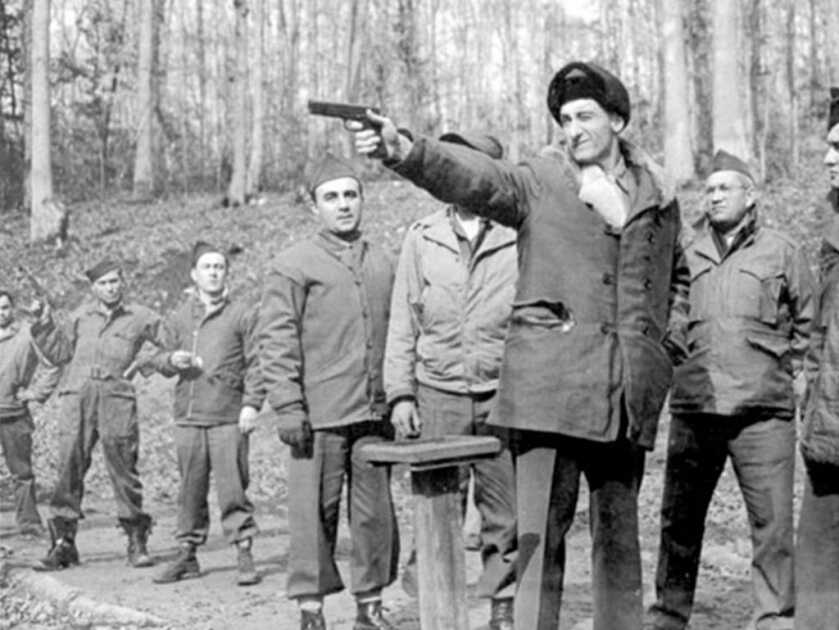
Bruce replied, “Yes, sir, but can we do much against machine guns with our pistols?” Donovan explained: “Oh, you don’t understand. I mean, if we are about to be captured, I’ll shoot you first. After all, I am your commanding officer.”
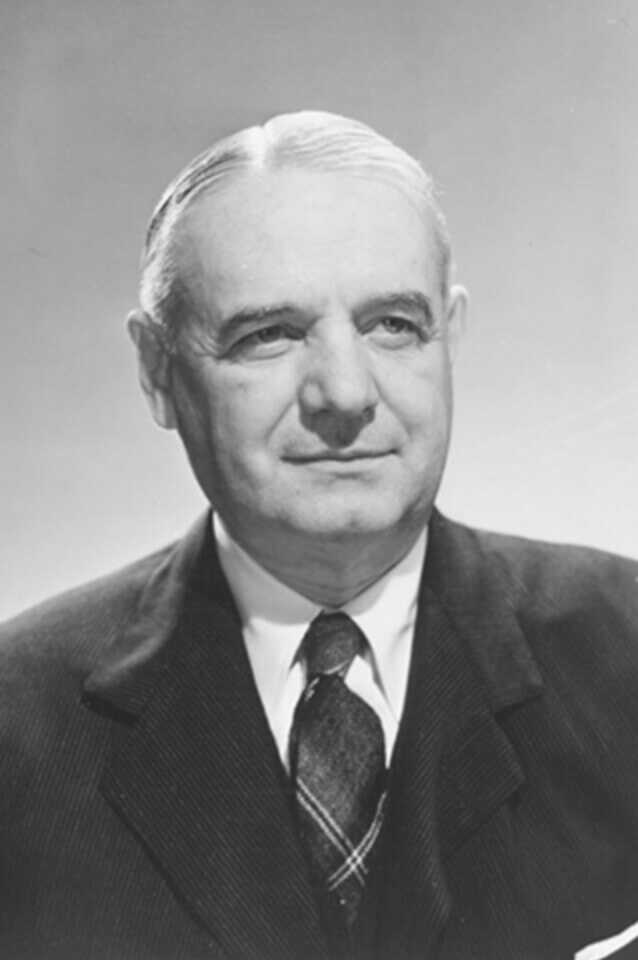
Donovan ended WW2 as a Major General but fell afoul of post-war politics. President Truman sidelined him with a task to produce a study of the nation’s fire departments. Under Eisenhower, he was made ambassador to Thailand. Throughout the early bits of the Cold War, Donovan helped influence the formation of the CIA from the shadows.
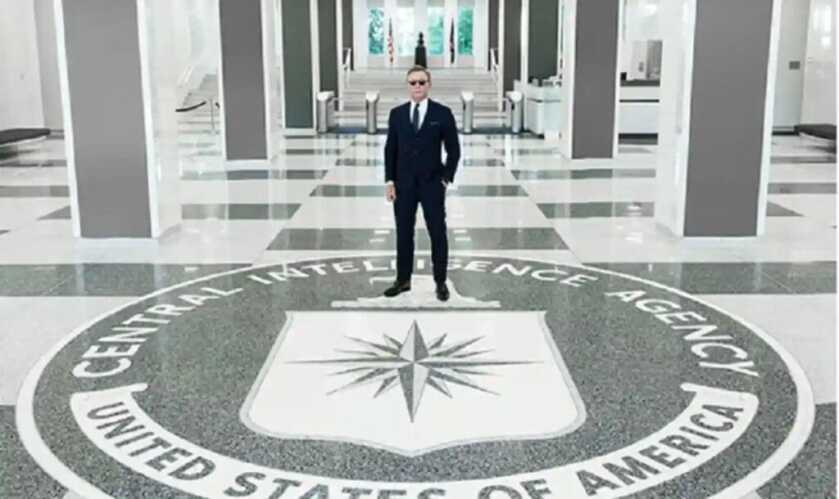
Wild Bill Donovan died in 1959 from complications arising from vascular dementia. His statue graces the lobby of the CIA headquarters in Langley, Virginia, today. In 2011 Vanity Fair writer Evan Douglas described Donovan’s exploits as “a brave, noble, headlong, gleeful, sometimes outrageous pursuit of action and skullduggery.” Wild Bill Donovan was the real freaking deal.
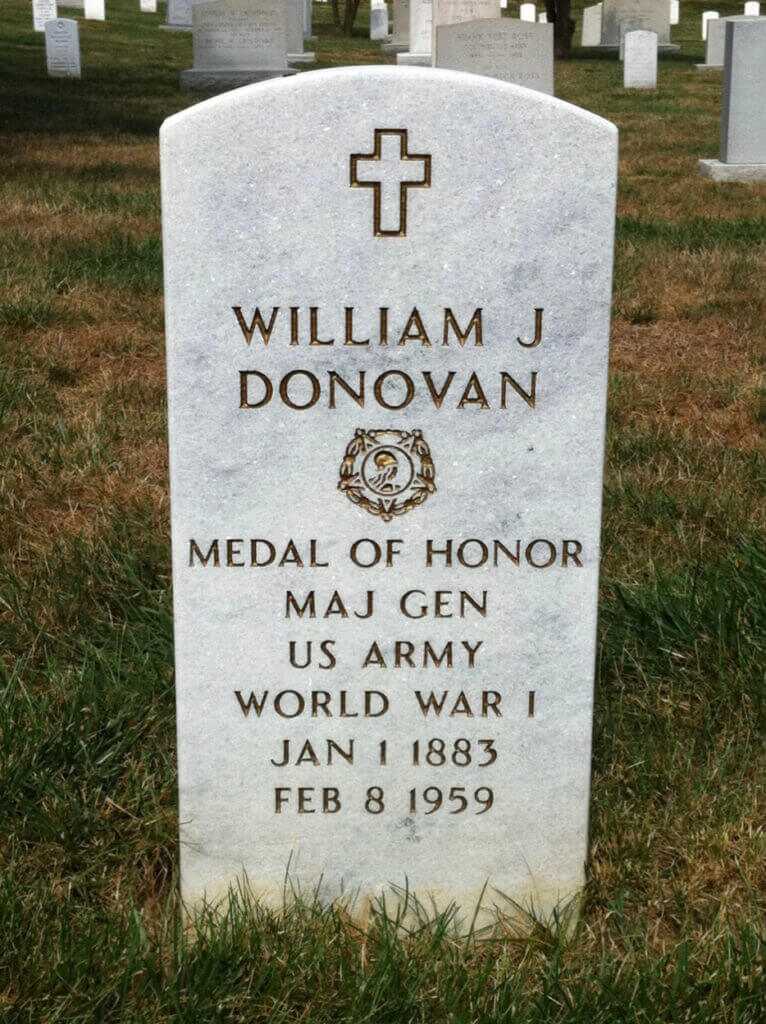


and look what the CIA has become today,attacking the people it’s supposed to be protecting! tapping American phones,setting up entrapment against americans,ask the guys rotting in prison from jan 6th,that was our wonderful CIA at work there.i don’t think old wild billy would be too happy with the way his shithole organization turned out,i know i’m not!!
My first experience at pistol shooting (1969) was with my Grandfather’s
High Standard Sportking .22 . I have many fond memories of those
wonderful times , and even break this old workhorse out occasionally
to relieve those memories of “ The Old Man “ .
Wonderful shooter , highly accurate , and just a dammed good time .
I can understand what our military saw in it , and why it was used & evidently
preferred .
Lots of Wild Bill’s gear and other OSS equipment is in the Navy’s interrogation school in Virginia. It opens to the public once a year (for attendees of graduates). If invited, definitely go.
Standard velocity 22lr is already subsonic.
If that’s Daniel Craig, I’ll eat my hat.
Perhaps he was feeling a bit bloated that day.
https://www.theguardian.com/film/2018/jul/06/daniel-craig-cia-visit-bond-007
A successful Hollywood career will do that.
Since they decided to Photoshop Daniel Craig into that shot, they could’ve at least spent 30 seconds photoshopping in some shadows and a reflection. 🙂
Thanks great article.
Mr. Dabbs,
As a retired US Naval Intelligence Officer, I have to say that your articles are uniformly fascinating and informative. If you ever decide to teach a history class in southern middle Tennessee, I will sign up for your class. Thanks so much.
Just read this and finding Julia Child was part of the ‘OSS’ was new to me but absolutely happy to know. Also, guns have been part of my life for a long time. Keep the stories coming!
Is the watch a garrote?
Donovan seemed pro-communist (or stupid) and definitely was a globalist (CFR member). Despite his accomplishment, he worked against freedom and American interest and should not be honored.
Your articles are always interesting. Small correction: ADM Chester Nimitz–not Charles.
Thanks for catching that. I made the change.
Fantastic article, the only typo I found was under Adm Nimitz’ photo he is identified as Charles.
Will, thanks for a great article. Being somewhat of a history buff, I always enjoy good articles about the people who were involved in the making of that history. Look forward to more.
If you read bill oriellys book killing patton , he i.implies donavan was a double agent
The Geneva Conventions concern only prisoners and non-combatants in war; they do not address the use of weapons of war, which are instead addressed by the Hague Conventions of 1899 and 1907, which concern conventional weapons, and the Geneva Protocol, which concerns biological and chemical warfare
Thanks for the observation. I made the changes.
What is the watch? The key is hiding place. The ice pick, gotta keep drinks cold on missions! I did not know about Juila Child.
@Baker: It looks like a detonator.
Detonator, That sounds good enough for me.
From the picture, looks like it conceals a garroting wire.
@Frank: It doesn’t look like that wire could be contained within that watch. That’s why I think that the watch is a detonator / timer.
My mistake for not enlarging the pic first!